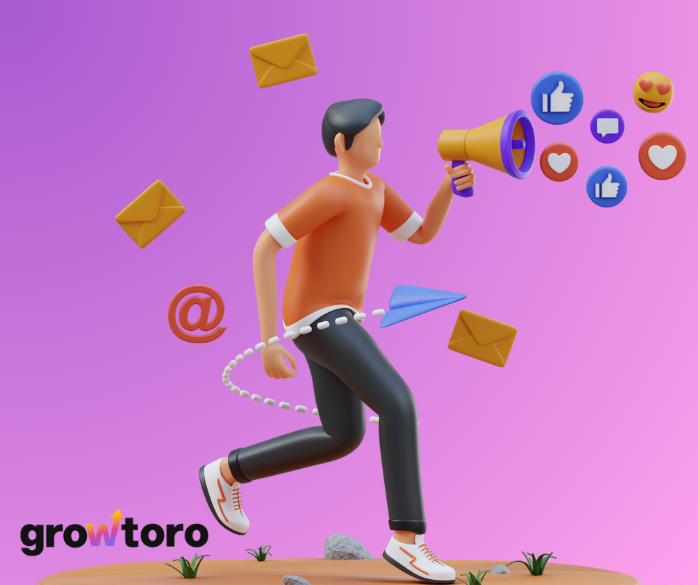5 Tips for Successful Cold Email Campaigns

Cold emailing remains a powerful tool for businesses aiming to reach out to potential clients and partners. When done right, it can yield impressive results, but crafting a successful cold email campaign requires finesse and strategy. Here are five essential tips to help you maximize the effectiveness of your cold email efforts.
Introduction
In today's digital age, where connections are vital for business growth, mastering the art of cold emailing can significantly impact your outreach efforts. Whether you're a startup looking for new clients or a seasoned entrepreneur seeking partnerships, effective cold emailing can open doors that seemed otherwise closed.
Understanding the Basics of Cold Email Campaigns
What are Cold Email Campaigns?
Cold email campaigns involve reaching out to prospects who have had no prior contact with your business. Unlike warm leads, which are generated through existing relationships or referrals, cold leads require a different approach to capture attention and interest.
Importance of Cold Email Campaigns in Business Growth
Cold email campaigns are crucial for expanding your network and generating new leads. They allow you to introduce your products or services directly to potential customers, thereby increasing your chances of conversions and sales.
Tip 1: Crafting Compelling Subject Lines
Importance of Subject Lines
The subject line is the gateway to your email. It determines whether your recipient opens the email or sends it straight to the trash. A compelling subject line should be concise, intriguing, and relevant to the recipient's interests or pain points.
Examples of Effective Subject Lines
- "Increase Your Sales by 30% with Our Proven Strategies"
- "Quick Question About [Recipient's Company Name]"
Tip 2: Personalizing Your Emails
Why Personalization Matters
Personalized emails are more likely to resonate with recipients because they demonstrate that you've done your homework and care about their specific needs. Personalization goes beyond just using the recipient's name; it involves tailoring the content based on their industry, challenges, or interests.
How to Effectively Personalize Cold Emails
Research your prospect thoroughly before drafting your email. Mention specific details about their company or recent achievements. Avoid generic templates that scream mass email, as they are less likely to engage the recipient.
Tip 3: Providing Value Proposition Early On
What is a Value Proposition in Cold Emails?
Your value proposition is the core benefit or solution that you offer to solve the recipient's problem or fulfill their needs. It should be clear, concise, and positioned prominently within the email to capture immediate interest.
How to Structure Your Value Proposition
Start your email by addressing the recipient's pain points or challenges. Then, introduce your product or service as the solution and explain how it can benefit them. Use bullet points or a brief paragraph to highlight key features or advantages.
Tip 4: Building Trust and Credibility
Strategies for Establishing Trust
Cold emailing often involves overcoming skepticism and building credibility from scratch. You can achieve this by including social proof, such as client testimonials or case studies, in your email. Highlight any relevant credentials or achievements that showcase your expertise and reliability.
Case Studies and Examples
Share success stories of how your product or service has helped similar companies achieve their goals. Include metrics or specific results to substantiate your claims and reassure the recipient of your credibility.
Tip 5: Effective Follow-up Strategies
Importance of Follow-up Emails
Following up is key to converting cold leads into warm prospects. Many recipients may not respond to your initial email, so a well-crafted follow-up can remind them of your offer and reignite their interest.
Best Practices for Follow-up Emails
Send follow-up emails at strategic intervals, such as 3-5 days after the initial email and then one week later. Keep your follow-up concise and focused on providing additional value or addressing any concerns the recipient may have expressed.
Conclusion
Mastering the art of cold emailing requires patience, persistence, and a deep understanding of your target audience. By implementing these five tips—crafting compelling subject lines, personalizing your emails, providing a clear value proposition, building trust, and following up effectively—you can significantly improve the success rate of your cold email campaigns.
Remember, each email should be treated as an opportunity to start a meaningful conversation rather than just a sales pitch. By adding value and demonstrating genuine interest in your recipients, you can turn cold leads into loyal customers and valuable business connections.




